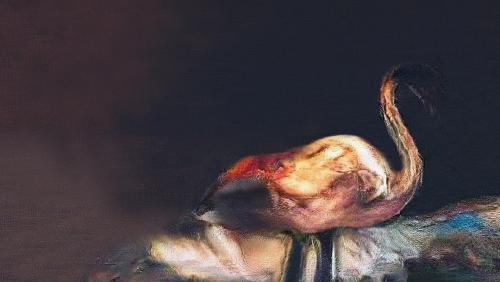The primary blower is an essential component of any industrial or commercial heating, ventilation, and air conditioning (HVAC) system. It plays a crucial role in circulating air throughout the system, ensuring proper ventilation and optimal indoor air quality. To ensure that your primary blower operates efficiently and effectively, regular maintenance is key. Here are some primary blower maintenance tips for peak performance.
1. Check and clean the air filters regularly: One of the most important maintenance tasks for a primary blower is checking and cleaning the air filters on a regular basis. Dirty or clogged air filters can restrict airflow, reducing the blower’s efficiency and increasing energy consumption. Make sure to clean or replace the filters as needed to ensure proper airflow and optimal performance.
2. Inspect the fan blades: The fan blades of the primary blower can accumulate dirt, debris, and dust over time, affecting their performance. Inspect the fan blades regularly and clean them if necessary to ensure smooth operation and efficient airflow. You can use a soft brush or a damp cloth to clean the blades gently and remove any buildup.
3. Lubricate moving parts: The moving parts of the primary blower, such as bearings and motors, require proper lubrication to reduce friction and wear. Check the manufacturer’s guidelines for lubrication intervals and use the recommended lubricants to keep the moving parts running smoothly. Regular lubrication can help extend the lifespan of the blower and prevent breakdowns.
4. Check for unusual noises or vibrations: If you notice any unusual noises or vibrations coming from the primary blower, it could be a sign of a potential issue. Inspect the blower for loose or damaged components, worn bearings, or belt misalignment. Address the problem promptly to prevent further damage and maintain peak performance.
5. Monitor airflow and temperature: Regularly monitor the airflow and temperature output of the primary blower to ensure that it is operating at optimal levels. Use a thermal imaging camera or airflow meter to check for any inconsistencies or fluctuations in airflow and temperature. Adjust the settings or make any necessary repairs to maintain peak performance.
6. Schedule regular maintenance checks: In addition to regular maintenance tasks, schedule annual or bi-annual maintenance checks with a professional technician to inspect and tune up the primary blower. A professional HVAC technician can identify any potential issues, perform necessary repairs or adjustments, and ensure that the blower is operating at peak performance.
By following these primary blower maintenance tips, you can ensure that your HVAC system operates efficiently and effectively, providing optimal ventilation and indoor air quality. Regular maintenance not only extends the lifespan of the primary blower but also helps prevent costly repairs and downtime. Make primary blower maintenance a priority in your facility’s maintenance schedule to enjoy reliable performance and energy savings.






